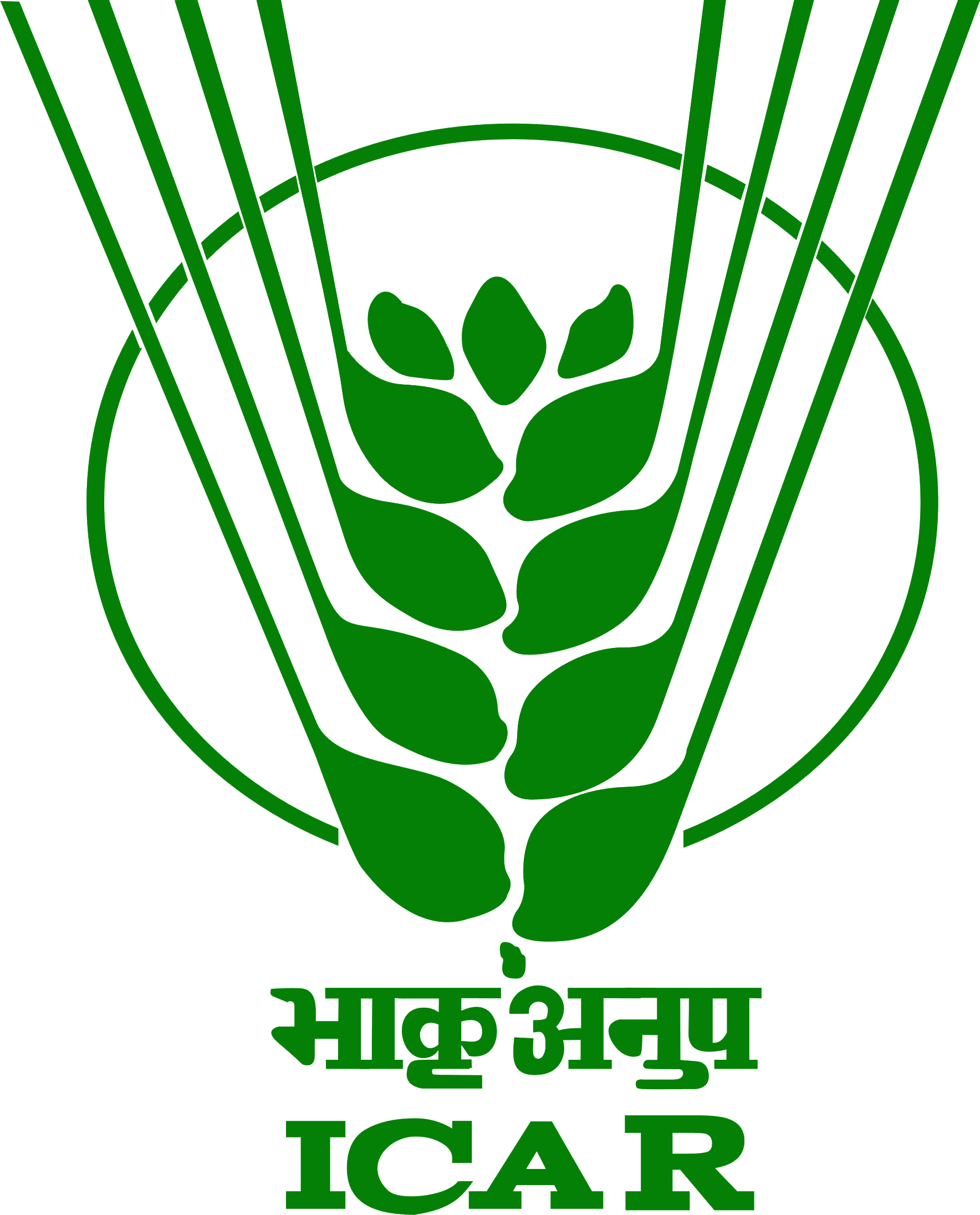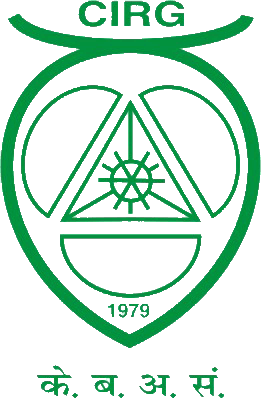



Select Language
|
 |
 |
All India Coordinated Research Project on Goat Improvement |
 |

|
Sirohi Field Unit, Vallabhnagar, Rajasthan Univ. of Veterinary & Animal Sciences, Udaipur, RajasthanPrincipal InvestigatorDr. R. K. Nagda, Professor (LPM) Activity assigned and targets fixed for each activity during the periodThe unit was assigned to improve Sirohi goat breed in farmers field following technical programme of the project. Activity carried out during the period
Detailed AchievementsThis field unit is located at RAJUV&AS, Vallabhnagar (Raj.). The survey work is being conducted in two districts of Sirohi goat tract i.e. Rajasmand and Udaipur at four centres viz., Vallabhnagar, Railmagra, Devgarh and Nathdawara were established for registration and performance recording of the Sirohi goats under field condition. Flock StatisticsThe flock strength of registered animals under field unit was 1220 including 980 females as on 31 March, 2014 (Table 1). During the year 2013-14, addition due to birth was 496 while reduction due to death and sale of animals were 66 and 619 respectively. Total 1465 animals among different age group were draft during the report period. The population growth during the report period was 81.75%. Table 1: Flock statistics of Sirohi goats at different centres (2013–14)
Body Weight The least square means of body weight at birth, 3, 6, and 9 months of age was was 2.46±0.03, 13.72±0.19, 18.00±0.29, 21.83±0.53 and 26.32±0.51 kg, respectively (Table 2). Period had significant effect on body weight at different age groups. Season of kidding had significant effect on body weight. Male and single born kids were significantly heavier over females and multiple born kids. The heritability of body weight at birth was moderate to high as at other different ages was found to be higher. The genetic correlation among 3, 6, 9 and 12 month was high and positive. The phenotypic correlation coefficients of birth weight with 3, 6 and 12 months of body weight were also positive. The selection differential for body weight was 4.89 kg.
Milk ProductionThe mean for 90, 150 days milk yield and total lactational yield was 72.08±2.79, 104.29±3.49 and 104.60±3.45 lit., respectively (Table 3). Year of kidding affected the 90, 150 days and lactation milk yield. The lactation length was 151.11± 0.37 days. The production performance in terms of 90, 150 days milk yield and total lactation yield improved over years. Doe kidded during November – February, had significant higher milk yield as compared to doe kidded during other seasons. The lactation order played a significant role in milk yield. The heritability of 90 days and total lactation milk yield was found to be higher Phenotypic correlation between 90 days yield and lactation length was high and positive. The genetic association between 90 days milk yield and lactation yield was positive. The selection differential for milk yield was 9.75 lit. Table 3: Milk Production performance of Sirohi goats under field condition
Reproduction The age at first matting and first kidding was 447.11±28.02 days and 590.73±27.98 days, respectively. On the other hand, weight of doe at first matting and first kidding was 27.39±0.29 and 30.11±0.27 kg, respectively. The service period and kidding interval was 278.68±9.48 and 428.82±9.43 days, respectively (Table 4).
Health ManagementDuring the year 2013-14, total 1250 and 600 animals were vaccinated against Enterotoxaemia and PPR during report year. Total 2145 and 2840 animals were covered under treatment to control the endo and ecto-parasitic infestation, respectively. A total of 949 animals were treated for different diseases. Even after regular deworming of the registered animals, Enteritis was encountered as a major disease affecting the goats during the report period, followed by pneumonia. The overall mortality was 1.97%. Table 5: Prophylactic measures adopted for Sirohi goats
Gaps/constraints/shortfalls/excess and reasons thereof, if any---Nil---- PC’s evaluation: very good (A) Good (B) poor (C)-------------------Very Good (A)-------------------- Future programme identifying the activities, timeline and targets for each of the activityThe demands of the breeding bucks are very high for this breed. The Unit has to evolve capabilities to identify, select and make farmers rear superior goats for future breeding purpose apart from implementing the technical programme. RemarksThe Unit has to reorganise itself for speedy implementation of the project. Necessary manpower and infrastructure is to be provided on priority basis. | ||||||||||||||||||||||||||||||||||||||||||||||||||||||||||||||||||||||||||||||||||||||||||||||||||||||||||||||||||||||||||||||||||||||||||||||||||||||||||||||||
All India Coordinated Research Project on Goat Improvement Copyright © 2017 PC Unit, ICAR - CIRG, All rights reserved |
Visitor number: 49862 Developed by Shantanu Singh
Last Modified: 07 Apr 2019 |